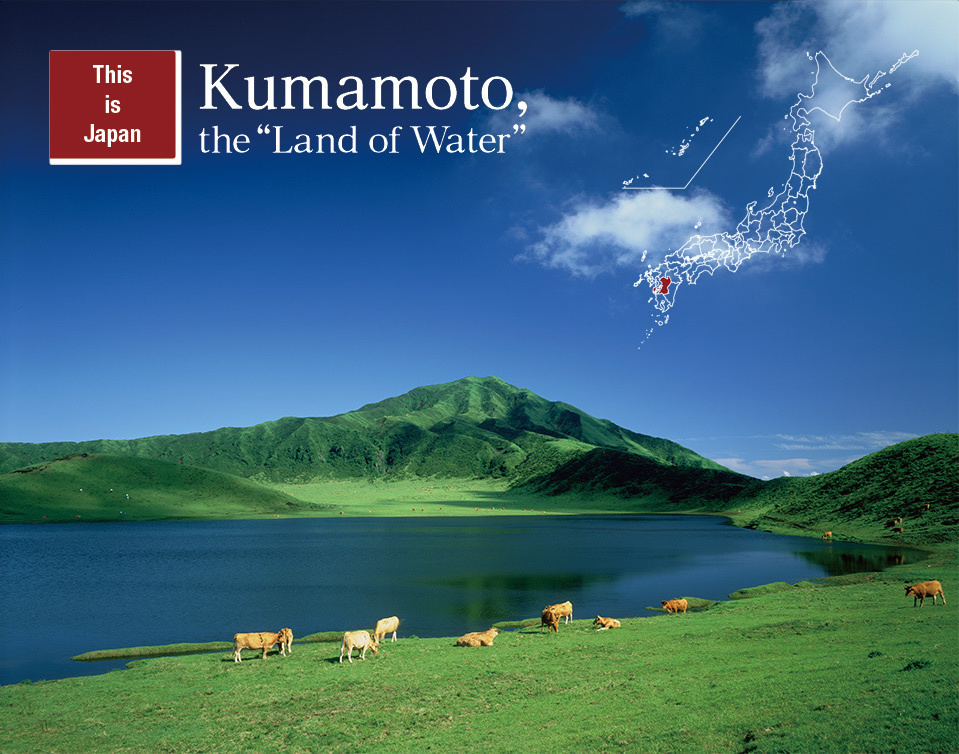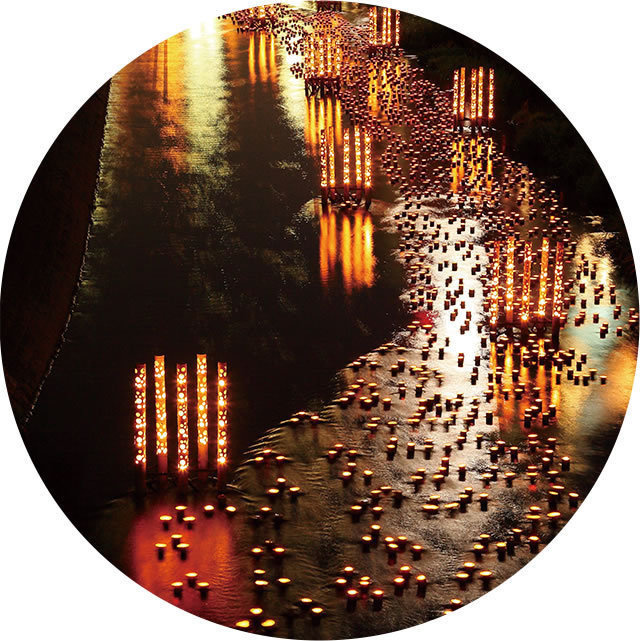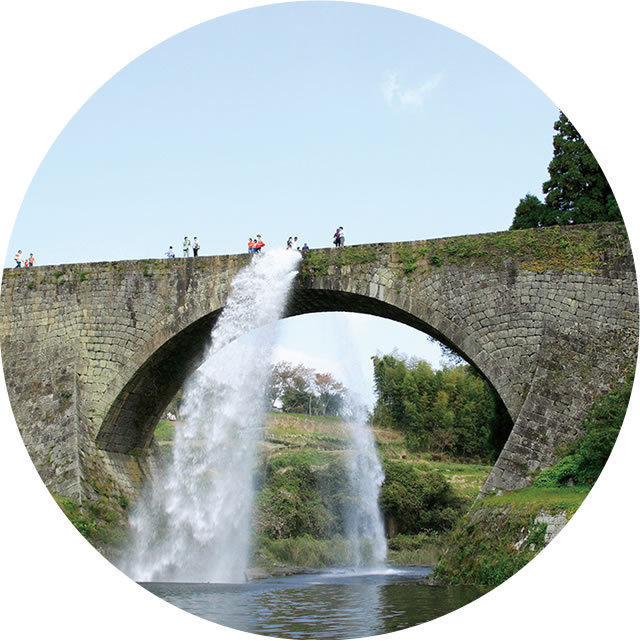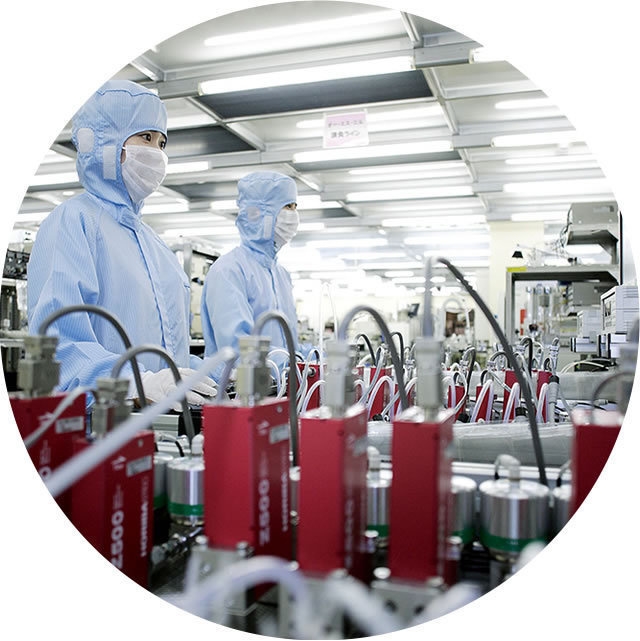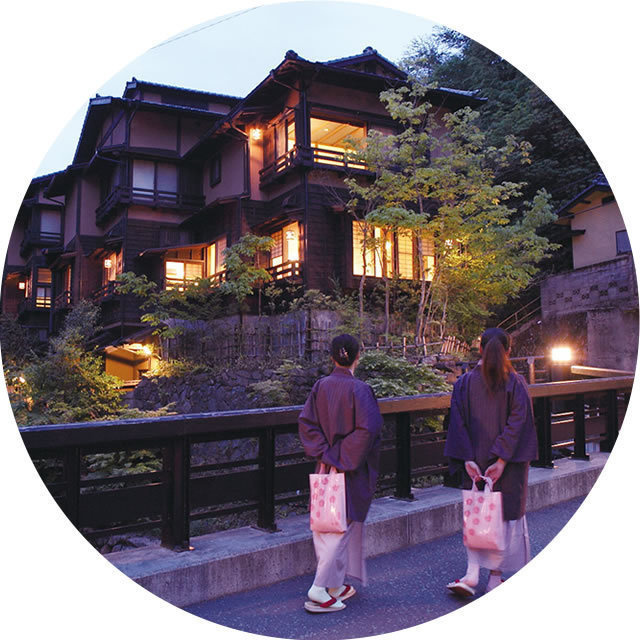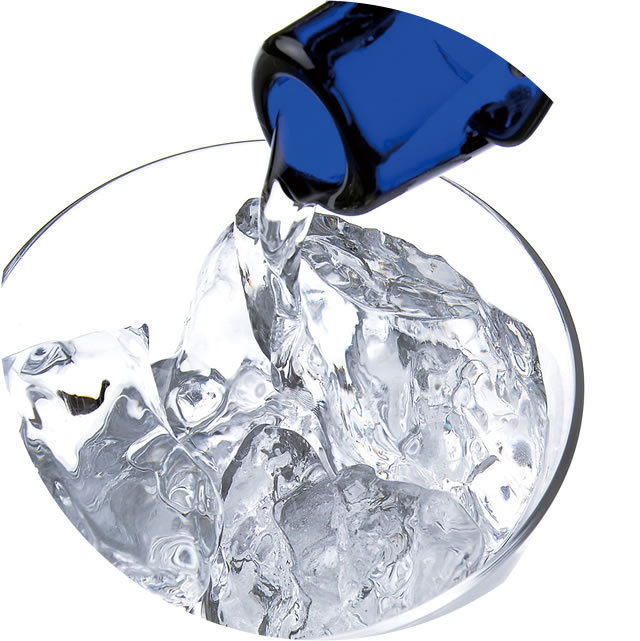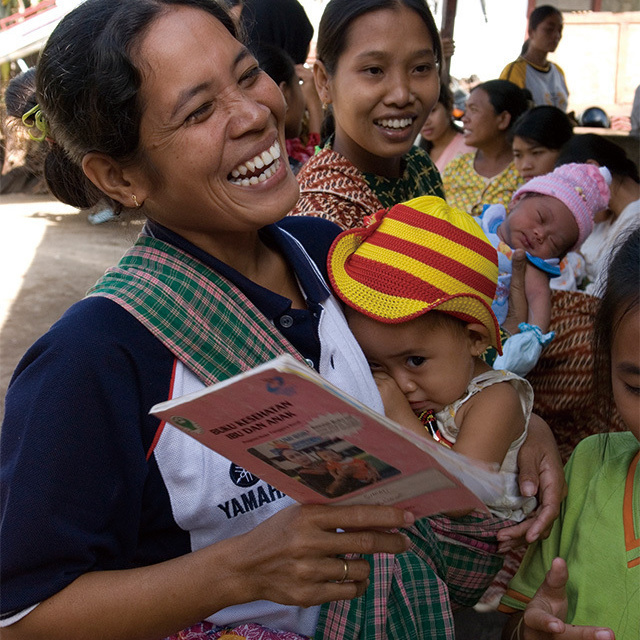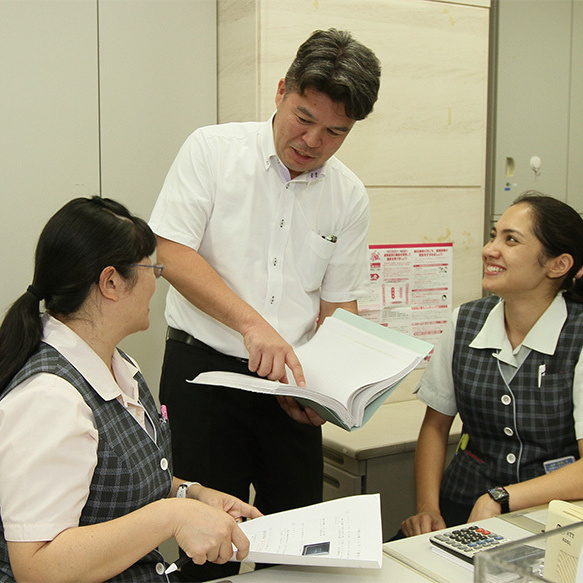With spring water flowing from more than 1,000 locations across the prefecture and an abundance of gorges, waterfalls, and groundwater, Kumamoto Prefecture is also called the “land of water.” Kumamoto City, the prefectural capital with a population of 730,000, relies on natural groundwater for 100 percent of its domestic water supply, a rarity among cities the world over. Moreover, Kumamoto Prefecture holds waterrelated festivals and events all throughout the year, to the delight of visitors to this land of water.
Festivals
Kumamoto, the “land of water,” holds a large number of events associated with water that take place at the sea, rivers, and hot springs. One of those is the festival of Mizu Akari, held every October, whose name means “the reflection of light on the water.” More than 50,000 lanterns and artistic pieces fashioned from bamboo are floated down the Tsuboi River, which forms the boundary of Kumamoto Castle, one of Kumamoto City’s famous attractions, giving a dream-like atmosphere to Kumamoto nights. © Mizuakari
Agriculture & Livestock
Blessed with a rich natural environment, Kumamoto offers a wide array of agricultural and livestock products. The Tsujun Bridge, a 75.6 meter-long (248 foot-long) aqueduct constructed in 1854 for regions in deep gorges unable to access irrigation water, is also famed as a tourist attraction. The scene of parabolas of water being discharged with great force from the central section of the stone arch, one of the largest nationwide, is truly spectacular. (Water discharges have been temporarily suspended but are scheduled to resume in 2019.)
Industry
Kumamoto is an area exceptionally suitable for semiconductor manufacturing, which requires a large volume of clean ultrapure water. More than 100 semiconductor-related companies, both foreign and domestic, have set up manufacturing bases here. Advanced research and development is also being conducted at the prefecture’s universities and research and testing institutes as well as in the fields of medical treatment, food, and the environment, which are heavily related to biotechnology. © HORIBA STEC, Co., Ltd.
Hot Springs
With more than 1,300 hot spring sources, Kumamoto Prefecture is one of the most famous hot spring regions in Japan. One prominent area is Kurokawa Onsen, a hot spring district popular with tourists situated in the northeast of the prefecture. The district evokes a thoroughly Japanese atmosphere, with hot spring ryokan – Japanese-style inns – nestled alongside the gorge. The gorge itself boasts magnificent scenery, and the area received an extraordinary two stars as a hot spring area in the Michelin Green Guide Japan. © Fujiya
Food and Drink
It goes without saying that Kumamoto, blessed by its water, is known for its rice. Kumamoto is also celebrated as an excellent source of Japanese shochu liquor and sake, both of which are made using rice. In particular, kuma shochu, Kumamoto’s best-known locally produced liquor, exhibits a rich flavor thanks to the clear waters of the Kuma River. © maruk / amanaimages


























